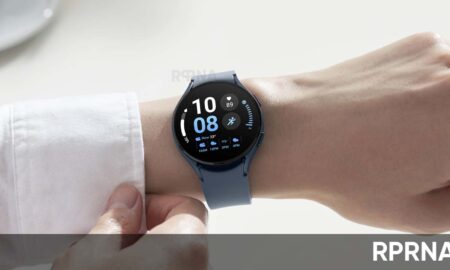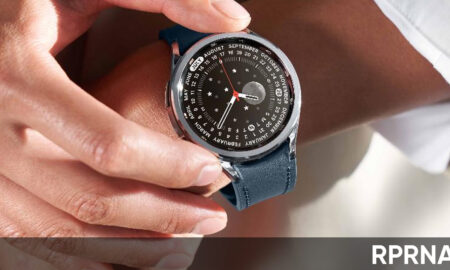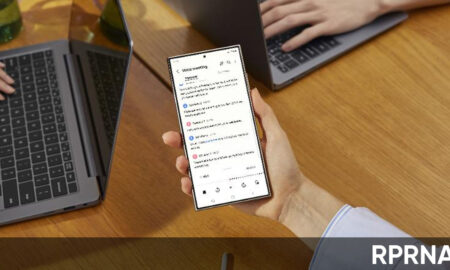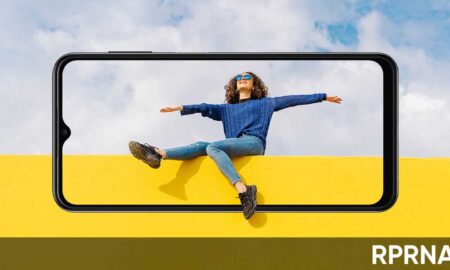Search results for "One UI 6"
-

 411Apps
411AppsSamsung Single Take feature gets One UI 6.1.1 support
Key Points Single Take feature now supports One UI 6.1.1 software. One UI 6.1.1 came pre-installed with Z Fold 6 and Z...
-

 522Wearables
522WearablesOne UI 6 Watch Beta 2 is out for Galaxy Watch 5 and Watch 4 series
Samsung has released the One UI 6 Watch Beta 2 update for the Galaxy Watch 5 and Galaxy Watch 4 series. The...
-

 407Updates
407UpdatesSamsung Galaxy Watch 6 series gets One UI 6 Watch Beta 3
Key Points One UI 6 Watch Beta 3 is out for the Galaxy Watch 6 series. This latest beta update brings general...
-

 338Wearables
338WearablesSamsung’s new Sleep Apnea pops up on Galaxy Watch running One UI 6 Watch Beta
Key Points Sleep Apnea feature already made its way to older Galaxy Watches. This new feature will debut officially with One UI...
-

 467Updates
467UpdatesAI Draw tipped to be the most impressive One UI 6.1.1 tool for Galaxy devices
Samsung’s One UI 6.1.1 software, is coming soon. It’s going to introduce really cool features alongside the most advanced Galaxy AI capabilities....
-

 421Updates
421UpdatesOne UI 6.1.1 AI Smart Reply feature might reach more Samsung devices
Key Points Samsung’s One UI 6.1.1 will bring the AI Smart Reply feature. This element might expand to Galaxy S24 and more...
-

 491Updates
491UpdatesLeaked promo images expose One UI 6.1.1, Galaxy AI features
Users have been eagerly waiting for Samsung’s next Unpacked event, as it will uncover the new chapter of Galaxy AI and several...
-

 611Updates
611UpdatesSamsung could give One UI 6 Watch-like visual makeover to One UI 7
Key Points One UI 7 could follow the Samsung One UI 6 watch for an impressive user interface. One UI 7 is...
-

 443Updates
443UpdatesSamsung Galaxy A13 4G starts receiving One UI 6.1 update
Key Points One UI 6.1 update is now live for Samsung Galaxy A13 4G. The software brings dozens of new features and...
-

 361Apps
361AppsOne UI 6.1.1 support now available for Samsung MultiStar app
Key Points Samsung MultiStar app gets One UI 6.1.1 support. One UI 6.1.1 support is already live for other Good Lock modules....
